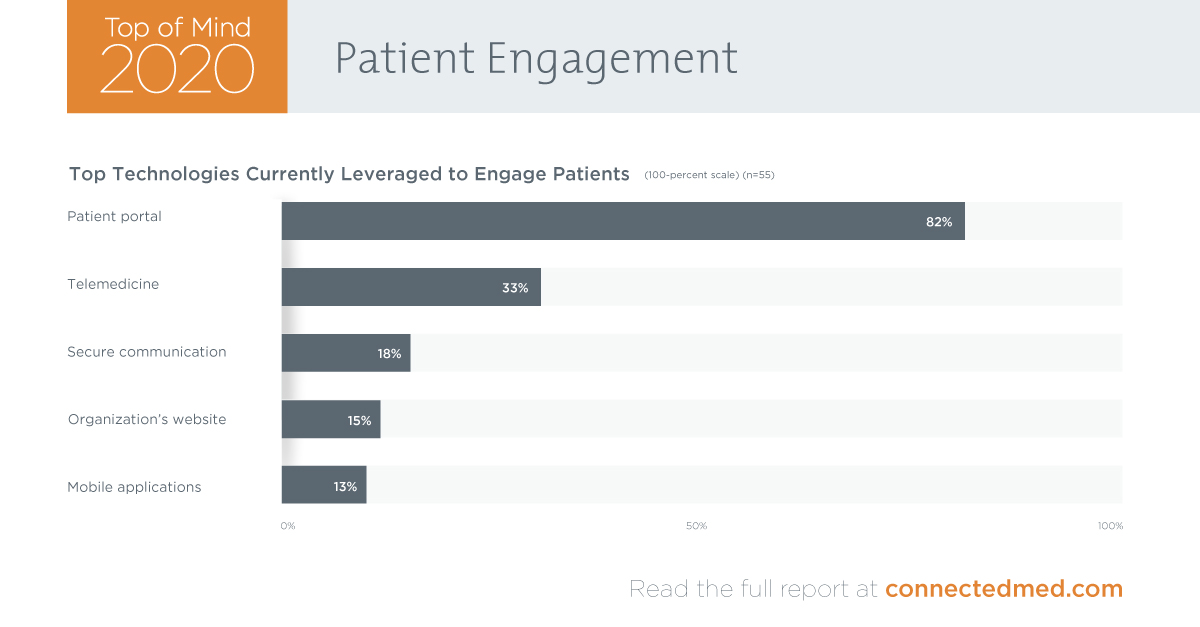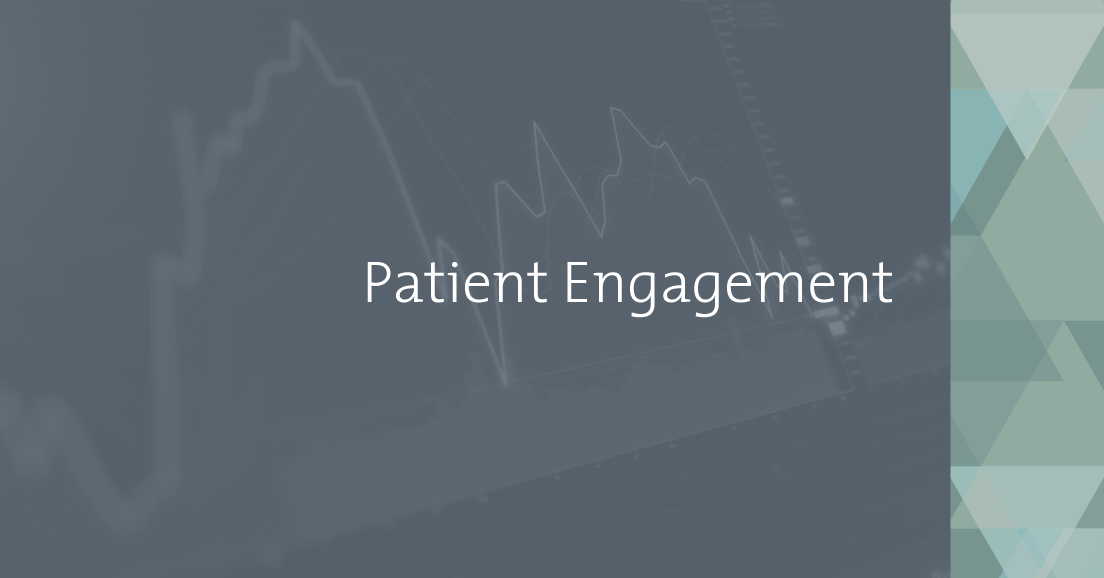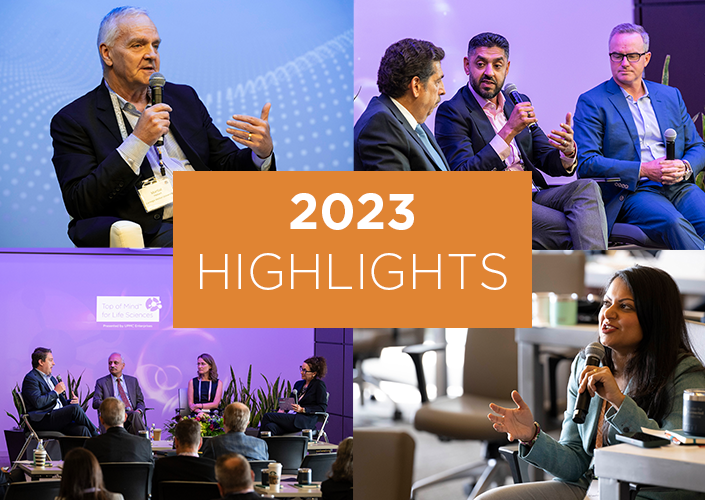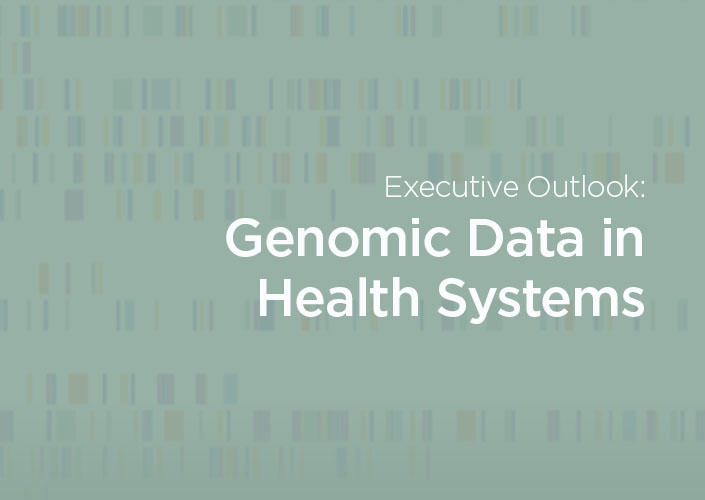Digging into Top of Mind research findings on patient engagement technologies in health care
As the trend of consumerism in health care accelerates, health systems are facing greater competition from non-traditional health care players. Health systems must also come to terms with a growing expectation among consumers for an advanced digital experience on par with what is delivered by other industries.
Health systems that provide the best digital experience through patient engagement technologies will be in position to more effectively attract new customers and retain existing patients. That likely means moving beyond an electronic health record (EHR)-centric digital strategy and finding ways to integrate third-party health care apps.
However, several key findings from the Top of Mind for Top Health Systems research report from the Center for Connected Medicine (CCM) suggest many providers are not in a position to meet this key challenge and deal with their new reality.
The portal dominates patient engagement solutions at health systems

The patient portal was the most-cited technology deployed in health systems for patient engagement — 82% of respondents identified the patient portal as one of their top three currently leveraged engagement technologies. Meanwhile, mobile applications in general and the Apple Health app specifically were ranked much lower by respondents.
Perhaps it’s no surprise then that health systems reported low adoption rates by patients. Nearly half, or 47%, of Top of Mind respondents said they were experiencing a rate of patient adoption of engagement technology below 30%.
In response to this low adoption rate, health systems appear to be blaming the patients for a lack of interest health systems’ technology. Patients were cited as the top barrier to patient engagement, named by 46% of respondents. Meanwhile, technology solutions were only cited by 20% of respondents as a barrier.
Meeting patients where they are in the digital world
We know that consumers are using health apps — the vast majority of which were not created by health systems.
Health and fitness apps are increasingly popular, according to data from Flurry Analytics, which reported in 2017 that usage had grown by more than 330% in the previous three years. Flurry’s data also showed that engagement with these apps was high, with three quarters of active users opening their health and fitness app at least two times a week.
Consumer technology companies such as Google and Apple are picking up on this trend as well. Google is acquiring Fitbit, the wearable device company that allows users to track health and fitness metrics. Apple meanwhile is working with health systems to make it easy for patients to access their personal health data through the Apple Health app.
Contrast these findings and industry examples with data on the use of patient portals. A report last year from the Office of the National Coordinator for Health Information Technology (ONC) found that 52% of consumers had access to a patient portal as of 2017, but only half of that group used the portal.
Why is this? Portals tend to be a patient-facing version of the EHR, which was not designed to be used by consumers. According to a survey of patients, some of the reasons they didn’t use portals fit with the idea that the technology is not user friendly, including that portals are confusing and filled with medical jargon, and health care professionals are slow to respond to messages within a portal.
Additionally, there is some evidence that a core of digital health early adopters are shifting away from traditional health care toward tech companies that provide them with useful, valuable digital tools. This move has consequences when it comes to patient data, which will be essential for value-based care. According to a recent Rock Health/Stanford survey, respondents who downloaded a health app were four times less likely to share their data with a health system, as compared with respondents who had not downloaded a third-party health app.
It’s imperative for health systems to meet patients where they are in the digital world if providers want to succeed in the future. Health Systems can’t expect that because they’ve built a portal, patients will come.



